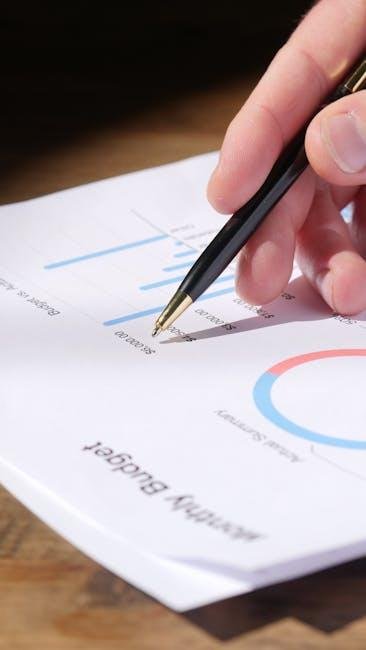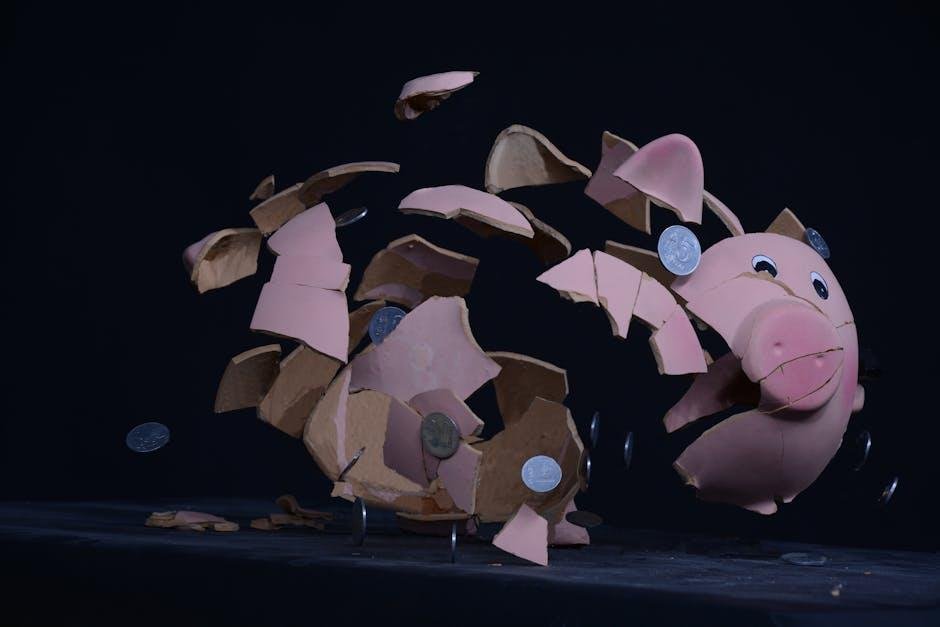Repair or Replace? Making Smart Decisions
In a world brimming with choices, the decision to repair or replace can feel as overwhelming as navigating a labyrinth. Whether it’s a beloved old appliance that hums a tune of nostalgia, a trusty car that has seen better days, or a gadget that was once the cutting edge of technology, the dilemma often boils down to a essential question: is it worth the investment to resurrect what we already own, or is it time to bid farewell and embrace something new? This article delves into the intricate dance of cost, convenience, and sentimentality, guiding you through the essential factors to weigh as you confront this perennial conundrum. Join us as we explore the art of informed decision-making, equipping you with the insights needed to determine when it makes sense to breathe new life into the old and when it’s time to turn the page.
Understanding the Cost-Benefit Analysis of Repairing Versus Replacing
When considering whether to repair or replace an item, conducting a thorough cost-benefit analysis is essential. This involves evaluating the total costs associated with each option, including both immediate expenses and long-term impacts. Factors to consider may include:
- Initial Repair Costs: Assessing the upfront expenditure required for repairs.
- Future Maintenance: Estimating ongoing maintenance costs if repairs are made.
- Replacement Costs: Analyzing how much a new item would cost, including potential installation or setup fees.
- Warranty Factors: Understanding if a new purchase comes with a warranty that could save long-term expenses.
Beyond direct financial implications, it’s crucial to reflect on the emotional and practical ramifications of both decisions. For instance, consider the functional benefits a new item might offer compared to an older model, which may be less efficient or lacking in advanced features. A comparative table can illustrate these differences succinctly:
| Criteria | Repair | Replace |
|---|---|---|
| Cost | Lower upfront cost | Higher upfront cost |
| Longevity | Limited lifespan after repair | new lifespan guaranteed |
| Efficiency | Possible reduced efficiency | Enhanced features |
| Environmental Impact | May lead to more waste | could be more lasting |
This analysis underscores the importance of examining both tangible and intangible factors. Ultimately, it empowers you to make a decision that aligns with both your financial situation and your long-term needs.

Identifying Key Factors in the Decision-Making Process
When facing the dilemma of whether to repair or replace an item,it’s essential to evaluate multiple factors that can substantially influence your final decision. Cost is often the initial consideration, encompassing both immediate expenses and potential long-term savings. For example, if the repair costs are only a fraction of replacing the item and can extend its life substantially, it might be the wiser choice. Additionally,consider the age and condition of the item; an older appliance with multiple issues might lead to more frequent repairs in the future,while a newer model could offer better energy efficiency and features that make replacement more appealing.
Another critical aspect is the emotional or practical attachment to the item.Sometimes, sentimental value can sway a decision towards repair, especially if the item has significant memories or past importance. On the other hand, evaluating the impact on daily life is crucial—will the downtime during repairs disrupt your routine significantly? A short table can definitely help summarize these factors:
| Factor | Repair | Replace |
|---|---|---|
| Cost | lower initial cost | Higher initial cost but potential savings |
| Age & Condition | Older items may lead to future repairs | Newer items typically require fewer repairs |
| Emotional Value | High sentimental attachment | Less attachment, more practical approach |
| Impact on Daily Life | Possible disruption during repair | Immediate usability with new features |

Evaluating the Long-Term Impact on Budget and Resources
When contemplating the options between repair and replacement, it’s crucial to analyse how each choice will impact your budget and the allocation of resources in the long run. Investing in repairs might seem like a cost-effective solution initially, but it’s essential to consider potential hidden costs associated with frequent maintenance. This could lead to a situation where resources are stretched thin, hindering your ability to allocate funds for other critical areas. A thorough examination of current and future expenses will provide clarity on whether short-term savings could result in greater long-term expenditures.
On the other hand, a replacement might require a higher upfront investment; however, it often translates into significant savings over time. When assessing this option, perform a detailed cost-benefit analysis that encompasses not just the financial aspect but also impacts on operational efficiency and workforce productivity. Consider creating a comparison table to illustrate the differences in maintenance versus replacement costs over time, factoring in aspects like lifespan, performance, and potential downtime:
| Option | Initial Cost | Annual Maintenance Cost | Expected Lifespan | Total Cost Over 10 Years |
|---|---|---|---|---|
| Repair | $500 | $200 | 5 years | $2,500 |
| Replace | $2,000 | $100 | 10 years | $3,000 |

Navigating Emotional Attachments and Practical Considerations
When faced with the dilemma of keeping something that has sentimental value versus moving on for practicality,it’s crucial to evaluate both emotional attachments and practical considerations. Delving into your emotions allows you to understand the meaning of an item. Are you holding onto it due to nostalgia, memories, or a sense of obligation? reflecting on these aspects can illuminate whether these feelings justify keeping a worn-out object or if they merely linger in the shadow of a possibly better option. Consider creating a checklist of the emotional benefits versus burdens associated with retaining the item. For instance:
- Benefits: Memories, sentimentality, personal history
- burden: Space consumption, maintenance costs, obsolescence
On the practical side, assessing how functional or viable the item is within your current lifestyle can aid in making a sound choice. A straightforward table can help you visualize the comparison between repairing and replacing:
| Option | Pros | Cons |
|---|---|---|
| Repair | Cost-effective, retains sentimental value | May only be a temporary fix, time-consuming |
| Replace | New features, potential warranty | Costly, may lose sentimental value |
Using this analysis aids in clarifying your next steps. Balancing emotional sentiments with practical realities can illuminate your path forward, ensuring that your decision resonates with both heart and mind.
Future Outlook
In a world where technology evolves at lightning speed,the dilemma of whether to repair or replace our cherished possessions can feel overwhelming. As we’ve explored, the decision is not merely about the object in question; it reflects our values, priorities, and the broader implications on our finances and the environment.
Ultimately, the choice between repair and replacement hinges on a blend of practical considerations and personal ideals. By weighing the costs, benefits, and sustainability of each option, we empower ourselves to make informed decisions that align with our lifestyles.
So, as you stand at the crossroads of repair or replace, take a moment to reflect. Each decision is not just a transaction; it’s an prospect to engage with the world around you, fostering a deeper understanding of what it means to be a conscious consumer. With every choice, let us strive to balance functionality and duty, crafting a future where our decisions resonate far beyond the immediate moment. whether you mend, replace, or find a middle ground, remember: the power to shape your world lies in your hands.
